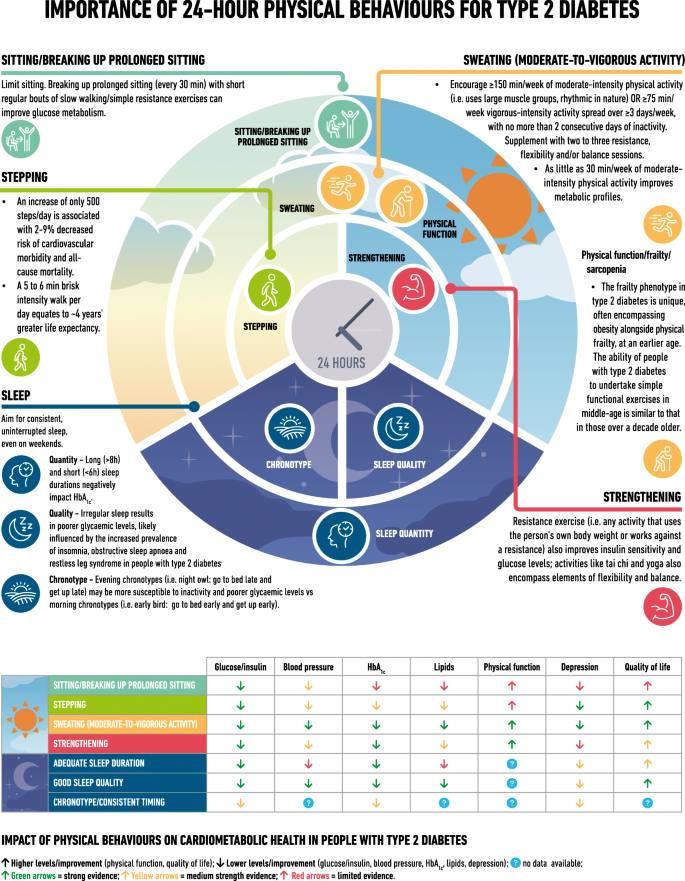Introduction
As summer approaches, the increasing warmth and sunlight invite outdoor activities. Understanding the relationship between sun exposure and fever is crucial for maintaining health during hot months. Fever, as a natural body response to infection, can be influenced by environmental factors, including heat from the sun.
What is Fever?
A fever is often a symptom of an underlying condition, usually an infection. It is characterised by an elevation in body temperature above the normal range, which is typically around 36.1°C to 37.2°C. Common causes of fever include viral and bacterial infections, inflammatory conditions, and certain medications.
The Role of Sun Exposure
Sunlight can have both positive and negative effects on health. On the one hand, sunlight is essential for the production of Vitamin D, which plays a critical role in immune function. On the other hand, excessive sun exposure can lead to heat-related illnesses.
Prolonged exposure to high temperatures can result in heat exhaustion or heat stroke, conditions that may present with fever-like symptoms such as elevated body temperature, confusion, and weakness. A common scenario is that individuals may get dehydrated while enjoying outdoor activities, thereby increasing their risk of viral or bacterial infections, which can lead to fever.
Current Trends and Events
Recent studies reveal an uptick in heat-related illnesses during the summer months in various countries, with rising temperatures linked to climate change. The World Health Organisation recently reported that incidences of heat exhaustion have increased, particularly in urban areas where heat tends to be amplified due to the heat island effect.
Healthcare professionals are raising awareness about the importance of staying hydrated and seeking shade when exposed to intense sunlight, especially for vulnerable populations such as the elderly and those with pre-existing health conditions.
Managing Health During Hot Weather
To prevent the unwanted combination of sun exposure leading to fever, individuals are advised to take precautionary measures. Here are some tips:
- Stay hydrated by drinking plenty of water.
- Avoid direct exposure to the sun during peak hours (10 AM to 4 PM).
- Wear lightweight, light-coloured clothing that reflects sunlight.
- Be cautious of overexertion in hot weather.
Conclusion
The relationship between sunlight and fever highlights the importance of understanding our environment’s impact on health. While moderate sun exposure is beneficial, excessive heat can lead to complications that may result in fever. As we enter the warmer months, it’s essential that individuals stay informed about the risks associated with heat, adopt preventive behaviours, and consult healthcare providers when symptoms arise. Keeping balance is key to enjoying the summer season safely.


